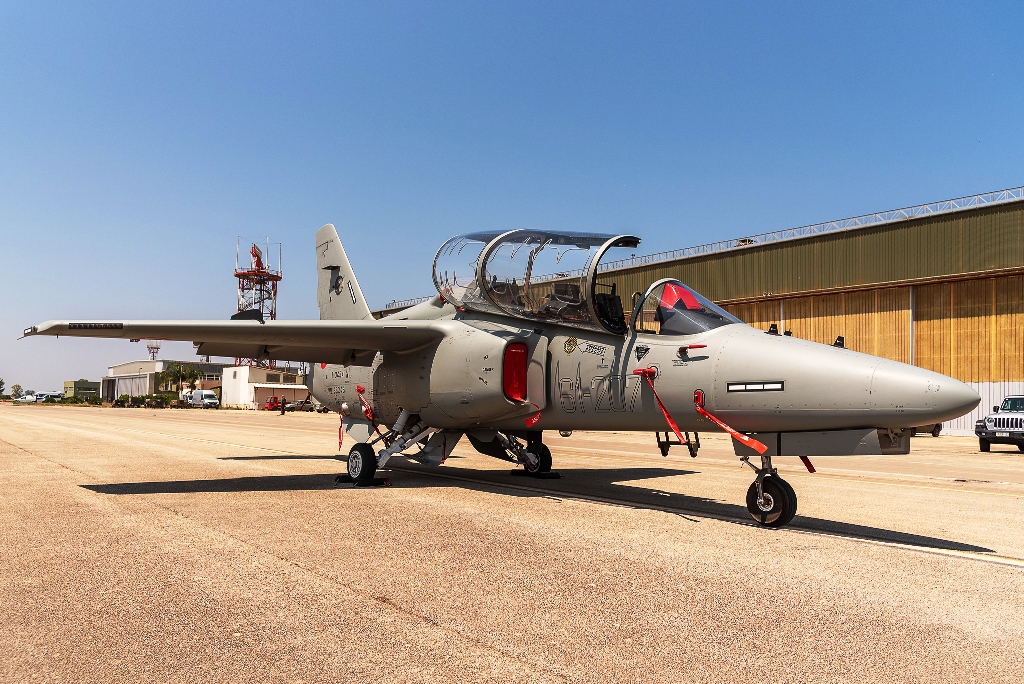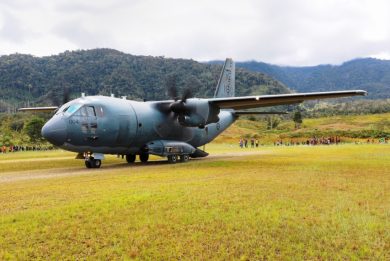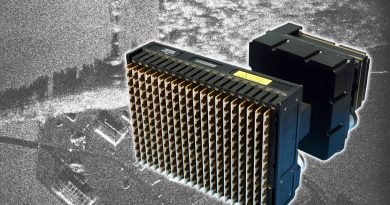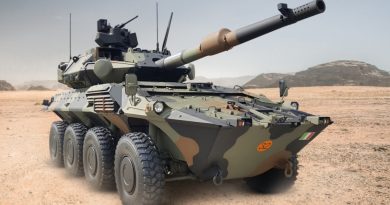
The Leonardo T-345A jet trainer has entered service with Aeronautica Militare Flight School

The Italian Air force celebrated the phase out of its long-standing Aermacchi MB-339A jet trainer and the phase in of its successor, the Aermacchi M-345, during a ceremony at the 61th Wing on the Lecce-Galatina air base on 12 June 2025. The new basic/basic-advanced jet trainer developed and produced by Leonardo aircraft and designated as T-345A will also replace in the future the MB-339CD (FT-339C), thanks to which the Aeronautica Militare’s future pilot training fleet will be solely based on the M-345 and the M-346 (T-346A) platforms, the latter used at the International Flight Training School (IFTS) in Sardinia, and their common integrated training systems (ITSs).
Entered service in October 1981, “the T-339A has trained many generations of pilots, making history of training and of the Air Force. It’s an emotional and bittersweet moment because, as the 339A concludes its educational role, it’s also a moment of farewell, softened by the fact that it will continue its training mission as the 339CD, and will keep carrying our tricolour flag worldwide in its 339PAN version (used by the Frecce Tricolori, National Acrobatic Team) […]”, Lt. Gen. Antonio Conserva, the Italian Air Force Chief of Staff, said during the ceremony.

“We are pleased to welcome its successor (the T-345A), the best basic and basic-advanced trainer for the next 40 years, a cost-effective aircraft characterized by its ability to train our students in a fully digital environment, preparing them from the very first phases for the 4th, 5th, and 6th generation fighters. This is a further qualitative leap that positions us as undisputed leaders in pilot training in Italy, Europe, and worldwide,” the Chief of Staff remarked. “By late summer, the first Italian and international students, who have chosen Italy and the Aeronautica Militare for pilot training, will be able to benefit from an excellent product that beautifully pairs with the T-346A, the advanced trainer that took his first steps right here in Galatina,” Lt. Gen. Conserva highlighted.
The Aeronautica Militare’s Flight School of the 61st Wing, is responsible for training student pilots during the Phase 2 of the syllabus, the common phase for all military student pilots, Phase 3 for fighter and Remotely Piloted Aircraft pilots and Phase 4 for Lead In Fighter Training (LIFT). Another role of the Flight School, this time for the experienced pilots, is the Pilot Instructor Training for all jet-powered aircraft.
The new T-345A is initially replacing the “Macchino”, as the T-339A is affectively called, assigned to the 214th Squadron, which personnel is responsible for the Phase 2 of the syllabus. Leonardo has already qualified four Italian Air Force instructors on the T-345A at its Aermacchi’s Venegono production facilities, which were followed by additional five qualified instructors on the new aircraft in the last weeks, alongside maintainers and technicians. The Flight School personnel has already certified the syllabus for the Phase 2 on the T-345A, which first promotion of Italian and foreign student pilots is planned to begin the inaugural course in July 2025. The follow-on step will be the certification of the Phase 3 on the new trainer, which is currently being carried out by the 213rd Squadron with the FT-339C. The latter is expected to continue servicing in this role for those pilots which got the initial training on the T-339A or coming back from schools abroad, to be fully replaced by the T-345A. The MB-339 fleet has graduated 2,500 pilots and flew for 400,000 hours.

Based on the consolidated experience matured by Aeronautica Militare and Leonardo in the pilot training syllabus, as well as on the in service T-346A advanced trainer operated by the IFTS, the T-345A comes with a Ground Based Training System (GBTS) which is based on the one already developed for the bigger brother, sharing a significant commonality, which reduces life cycle costs and enhances training output. The T-345A GBTS facilities at the 61st Wing are currently accommodating 30 Computer Based Training (CBT) devices, nine Simulator Based Training (SBT) procedural simulators, three Flight Training Device (FTD) alongside 16 Mission Planning and Debriefing System (MPDS) stations and 10 Virtual Maintenance Trainers (VMT), although the infrastructure is dimensioned for a larger simulation complex. CBTs are being used for the ground course and the theoretical study and are divided among three classrooms with 10 stations each. The SBTs are Windows-based systems with an 8K resolution touch screen, which realistically represent the T-345 cockpit and forward flying scenario. Although equipped with Hands On Throttle and Stick (HOTAS) devices identical to that found on the aircraft, the T-345A cockpit is not replicated by hardware but only with the touch screen display.

SBTs are available 24/7 to students, enabling them to rehearse and repeat lessons done during the day, all activities being recorded and then considered by instructors. Being procedural simulators, SBTs allow for example to repeat as many times as needed the emergency listing, a key issue for flying safety. TFDs are full flight simulators equipped with a dome with a synthetic vision covering 250° in azimuth and 135° in elevation but no motion system. Based on the current simulation trend, the acceleration feeling is provided by the seat, the aircraft cockpit being perfectly reproduced, and by the anti-g suit.
The M-345 is a turbofan-powered high efficiency trainer with life-cycle cost comparable to those of heavy turboprop trainers, but with better performance typical of a jet trainer, capable to be used for the entire training syllabus, from the primary to the specialized pilot training, according to Leonardo.
The feedback obtained by the aircraft instructors is generally speaking extremely positive. Regardless of the problems that virtually all newly designed aircraft could manifest, the aircraft gave no relevant inconvenience since its use, being praised for its flight behaviour and new advanced avionics.
“The M-345 stems from Leonardo’s consolidated experience in military trainer aircraft, building on the success of planes like the SIAI-Marchetti SF-260, the Aermacchi MB-326, and the Aermacchi MB-339. The latter, in particular, has been in service for 45 years, training Italian and foreign military pilots and colouring skies worldwide with the colours of the National Aerobatic Team, which will soon adopt Leonardo’s new M-346 aircraft. Thanks to the introduction of the M-345 and its integration into the Force’s training syllabus – which already includes the M-346 for advanced training phases – the Italian Air Force will boast the most modern fixed-wing military training system in Europe,” Stefano Bortoli, Managing Director of Leonardo’s Aeronautics Division, remarked.
Photos by E. Govoni



